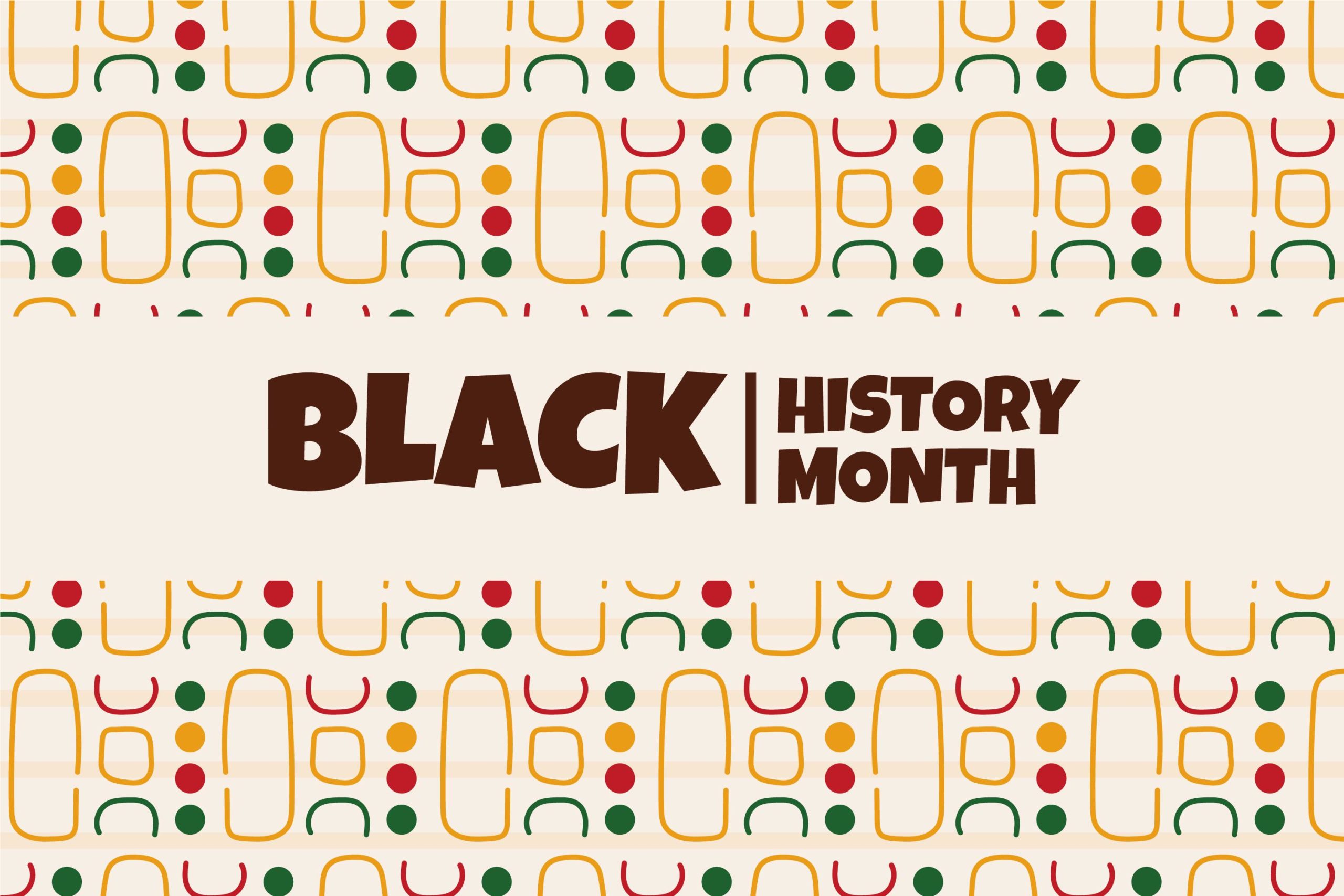
The Boost has collected some stories from around the web that honor famous (and not-so-famous) Black Americans with disabilities, and which reflect on the realities and challenges that continue to shape the lives of all Black people with disabilities.
And while this is not disability-related, if you can get to Manhattan, try to visit the Metropolitan Museum of Art’s Harlem Renaissance show exploring the “comprehensive and far-reaching ways in which Black artists portrayed everyday modern life in the new Black cities that took shape in the 1920s–40s in New York City’s Harlem and nationwide.” Crowds aside, you’ll be glad you did.
Uplifting stories and reflections
This post from Respect Ability, last updated in 2021, has lots on offer, including this article highlighting African Americans with disabilities.
Check out the World Institute on Disability’s 12 Black Disabled Activists and Advocates You Need to be Following.
On the Special Olympics website read about Harris-Gowdie, who at this year’s Super Bowl in Las Vegas became the first Special Olympics athlete to serve as a fully paid and credentialed correspondent, tune in to this Inclusion Revolution Radio podcast with Special Olympics Great Britain athlete, Matthew Brough, a tennis player who won two medals at the Special Olympics Berlin Games 2023, and explore much more.
The ARC weighs in on the month with Why Black Disabled History Matters
News and studies
From the 74 Million learn about Education as a Civil Rights Issue for Black Students with Disabilities & Families
This important 2023 Rutger’s report, which looked at children within the New Jersey-New York metropolitan region, found that Autism Spectrum Disorder (ASD) rates tripled from 2000 to 2016. Two key takeaways:
- Those from affluent areas were 80% more likely than those from underserved areas to be flagged as having autism with no intellectual disability.
- Black children in this category were 30% less likely to be identified as compared to white kids, and the data reportedly was skewed by racial and economic disparities.
In relatively more positive news, a blockbuster 2023 report from the Centers for Disease Control found that autism now affects 1 in 36 kids, but for the first time among children aged 8 years, the prevalence of ASD was lower among White children than among other racial and ethnic groups, reversing the direction of racial and ethnic differences in ASD prevalence observed in the past. (Black children with ASD were still more likely than White children with ASD to have a co-occurring intellectual disability.) This could indicate that efforts to improve screening, awareness and access to services among underserved populations are improving.
Lastly, racial disparities were found to have increased in special education. A 2023 report found that a disproportionate number of students of color (with the exception of Asian students) are being identified for special education, placed in more restrictive educational settings and disciplined at “markedly higher rates” than their peers, according to The National Center for Learning Disabilities (NCLD).
I hope you found these links useful. If you have any you’d like to add, please contact The Boost here.



